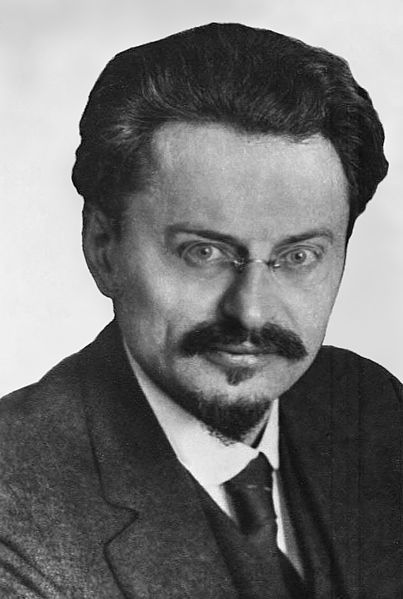1991 Russian presidential election
Presidential elections were held in the Russian Soviet Federative Socialist Republic (RSFSR) on 12 June 1991. This was the first Russian presidential election in the country's history. The election was held roughly three months after Russians voted in favor of establishing a presidency and holding direct elections in a referendum held in March that year. The result was a victory for Boris Yeltsin, who received 58.6% of the vote.
Image: Борис Николаевич Ельцин 1 (cropped) (cropped)
Image: Nikolay Ryzhkov 1990
Image: Zhirinovsky Vladimir 1999 (cropped)
Voter invitation card for the election
Russian Soviet Federative Socialist Republic
The Russian Soviet Federative Socialist Republic, previously known as the Russian Soviet Republic and the Russian Socialist Federative Soviet Republic, as well as being unofficially referred to as Soviet Russia, the Russian Federation, or simply Russia, was an independent federal socialist state from 1917 to 1922, and afterwards the largest and most populous constituent republic of the Soviet Union (USSR) from 1922 to 1991, until becoming a sovereign part of the Soviet Union with priority of Russian laws over Union-level legislation in 1990 and 1991, the last two years of the existence of the USSR. The Russian SFSR was composed of sixteen smaller constituent units of autonomous republics, five autonomous oblasts, ten autonomous okrugs, six krais and forty oblasts. Russians formed the largest ethnic group. The capital of the Russian SFSR and the USSR as a whole was Moscow and the other major urban centers included Leningrad, Stalingrad, Novosibirsk, Sverdlovsk, Gorky and Kuybyshev. It was the first socialist state in the world.

Vladimir Lenin, founder of the Soviet Union and the leader of the Bolshevik party.
Leon Trotsky, founder of the Red Army and a key figure in the October Revolution.
The Battle of Stalingrad, considered by many historians as a decisive turning point of World War II
The Russian SFSR in 1956–1991








